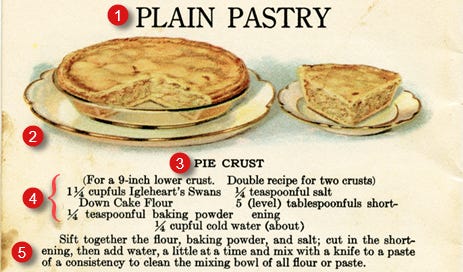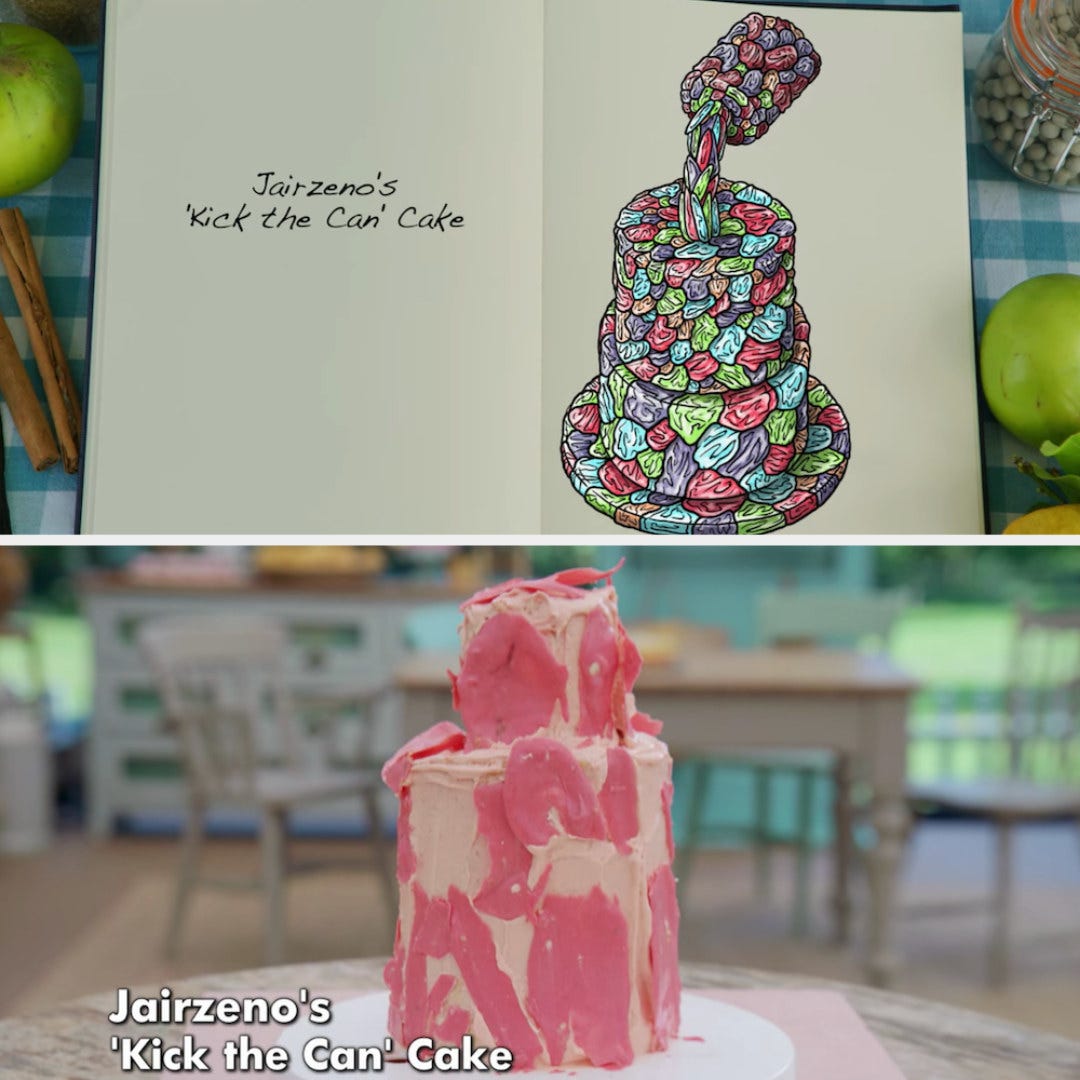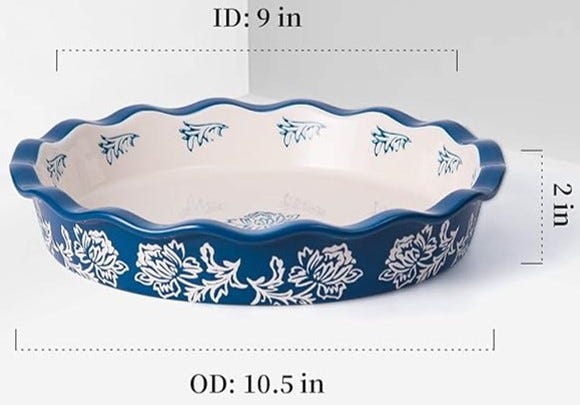A Plain Pastry introduction to Workflow Analysis and Testing (II)
Hors d'oeuvre
…the Guard was looking at her,
first through a telescope, then through a microscope,
and then through an opera-glass.
At last he said, "You're travelling the wrong way,"
and shut up the window and went away.
In Part I we were amused through the structure of the Plain Pastry recipe as an example of quite a basic workflow.
In this part we’ll raise some questions, mainly about the ‘obvious’.
We revisit first the Pie Crust section:

This recipe (=Workflow) has a Goal defined as…Plain1; this has a meaning both while analyzing the workflow and when we turn to test it:
Why is this plain?
How would a fancy pastry go?
By definition, pastry is “…a dough that is used to make pies and other baked goods…”; what can we do with this information?As testers, for this one aims at a plain pastry—we should aim at that.
We should not try to challenge the workflow or impose on it conditions or steps, which do not serve the goal.
Having said that—we can still complicate things (see §4).
The recipe presents an image of the expected result of this effort (the Deliverable). Very (too…?) often, there might be a difference between what the customer expects and what’s actually delivered.
A good [relevant] example is the difference between "Great British Bake Off" bakes and their drawings, e.g.—
This—and more—can be found here (not for the faint of heart!) By the way: What does the recipe picture show? A prune pie or an apple pie?
As testers, we might ask:
Do we test against the drawing, or shall we follow Agile practices and have the customer’s feedback on whatever midway deliverable we may be able to present on, say, Sprint Review?
Shall we assume (🤔) that we attempt to create something similar to the drawing—and consider a different outcome as a Fail?
How do we define “different”?
The Pie Crust common step should produce an interim Deliverable.
As we’ll see in §4—there might be two parts/tarts.
Testers may recognize this as a potential Shared Test:
The crust part is common to [next] two options, but—as many who had done more in a kitchen than raid the refrigerator—the same crust is very useful in many recipes.Now we get into actual process details.
This section defines the crust Prerequisites, yet it holds some [implied] assumptions:The recipe is “For a 9-inch lower crust”, i.e.—you should have a pie plate about like this one:

The pie plate should be similar to this A note suggests—”Double recipe for two crusts”.
For testers this means that there are two Use Cases for this recipe.
The instructions (Process Steps) to make the crust are quite straightforward. The expected result is “…a paste of consistency…”, and the condition to stop mixing is “…to clean the mixing bowl of all flour or paste.”
For testers, the introductory part and the preparations part are clear:
Steps are sequential, inputs to each are well-defined, process is clear, and output—understood.
Let’s move to the second stage.

The defined Goal is to use the paste produced above to prepare a Prune Pie (=Deliverable).
Testers will note, that we have another stated option with an apple filling:
Does this imply we have to run four tests ({single crust, two crusts} X {prune filling, apple filling})?[Skip; we go into details below]
This Prerequisites stage holds some assumptions and points to consider:
The prunes should be “cooked and stoned”, i.e.—should be prepared before we reach this stage.
Testers will understand this as a preliminary Step in the process.All measurements are in Imperial units; understandable, as the book was primarily for the potential American consumer2.
Testers will identify this as a Globalization instance.
The process requires now three steps: Preparing the bottom and cover paste sheets, placing the filling itself, and setting the pastry’s cover.
For testers, that might seem a ‘generic’ Use Case, which might be reused with other similar cases.Then comes the instruction—”Bake about 30 minutes”.
An alert tester might ask some questions:What’s ‘about’?
Which temperature is expected for baking?
How can one be sure, that baking is complete?
Should the oven be preheated before the pastry is put in it?
Oven…This is not mentioned…May this be baked on a stove?
Testing of this part might account for every question above with several cases.
In this part we took a step into the details of the plain recipe.
The intention was to break down the concise description into actionable items,
the way both workflow analyst and tester would3.
This example serves well to demonstrate another ‘fact of life’:
Most cooks will tell you, that the recipe is perfectly clear and obvious:
What’s there to delve so much into, why ask so many questions?
Most testers know very well the software parallel:
Developers will say the same on whichever requirements handed to them, instructions as slim as they may be.
They may also have many answers to the rhetorical question,
which is elaborated on in the next post:
Related posts:
A Plain Pastry introduction to Workflow Analysis and Testing (I)—Amuse-Bouche
A Plain Pastry introduction to Workflow Analysis and Testing (III)—Escargots Bourguignonne
On Being the Right Size—"...a large change in size inevitably carries with it a change of form..."
It could have been a 40-step French croissant…
I intentionally left the workflow diagram out…





